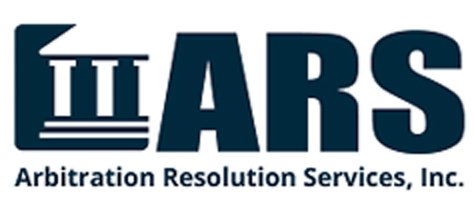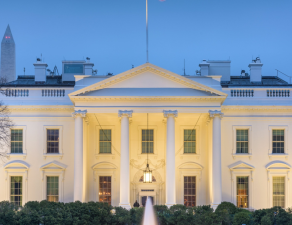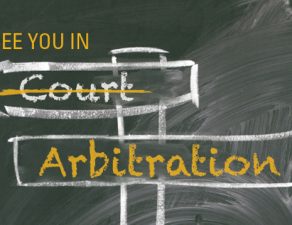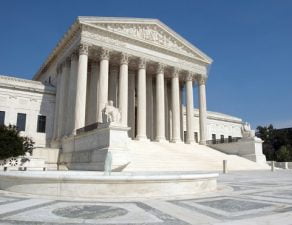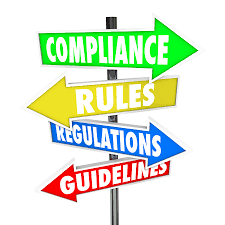Justin Bieber, Sunoco and Arbitration:
How are they Possibly Connected?
by George Friedman*
Earlier this week came word that Justin Bieber and a photographer, who are embroiled in a law suit in Florida over an alleged assault on the photographer, are now arguing about whether the judge should direct the parties to submit their dispute to non-binding arbitration. That in turn prompted some questions, like: 1) if arbitration is supposed to be binding, what the heck is non-binding arbitration? And 2) if arbitration is supposed to be the product of the parties’ agreement to arbitrate, how can the judge order them to arbitrate? Oh, and 3) What does all this have to do with Sunoco? As a public service, and since I’m gearing up to start teaching my Fordham Law School course on arbitration next month, I thought I would clear up the confusion. Let’s start at the end.
Sunoco
Back in the 1950s, Sunoco introduced a feature called “Custom Blending,” which allowed the customer to select between regular and premium gasoline, or blends in between. Alternative dispute resolution actually works somewhat the same way. Instead of regular and premium, think of arbitration and mediation. That’s right, there are all sorts of forms of dispute resolution that use some blend of arbitration and mediation the parties (or court systems – more on that later) can adopt…and they have. In a future blog post, I will analyze many of them. For now, let’s stick with non-binding arbitration.
The Basics
Let’s start with some basic definitions:
Arbitration: an agreement in writing to submit an existing or future dispute to an arbitrator for final and binding resolution. The Federal Arbitration Act, 9 U.S.C §§ 1 et seq., as well as state arbitration laws, provide for very limited court review of arbitration decisions, rendering arbitration awards essentially “final and binding.”
Mediation: an agreement, not necessarily in writing, to submit an existing or future dispute to a third party (the mediator), who will work with the parties to help them reach a settlement. The mediator cannot impose a settlement on the parties.
What the Heck is Non-binding Arbitration?
So, what is non-binding or advisory arbitration and why would people use it? In simple terms, this process looks and smells like a regular binding arbitration, but the arbitrator’s decision is not binding. Parties make opening statements, present evidence, and the arbitrator makes a decision. But, by prior party agreement (or court rules – more on that later) the decision is not final or binding. Given that one of arbitration’s many benefits is that the award is binding and legally enforceable, why would anyone use non-binding arbitration? The theory is that, after going through the full-blown process and seeing how an impartial arbitrator would decide the case, the parties will be more inclined to settle. And indeed, the process seems to work. Of course, should the case fail to settle the parties may still have to go to an adjudicatory process, duplicating time and expense. But given the high success rate, the potential risk is worth the reward.
How can the Judge Order Parties to Arbitrate?
This may come as a shock to many people, given the Seventh Amendment right to a jury trial for civil cases, but the court can make people submit to alternative dispute resolution (“ADR”). That’s right. If you file a lawsuit in court, the judge can order you to first submit your dispute to ADR. How does that square with the Constitution? The key is that the parties are directed to a non-binding form of ADR such as negotiation, mediation, or …non-binding arbitration. As long as non-binding ADR is used, courts have ruled that the right to a civil jury trial is not being impinged. The slight delay in getting before a judge or jury doesn’t mean the right to a jury trial is being taken away. (Class, let’s not confuse this with when courts order parties to arbitration because they have signed an arbitration agreement. That’s totally different.)
Indeed, virtually every state and federal court has a court-annexed ADR system: file most civil actions and the court will first direct the parties to a non-binding form of ADR such as mediation or non-binding arbitration. If the case doesn’t settle, then the parties are off to the judge and jury. That’s what’s happening in the Bieber case, where Florida has such a program. Fla. Stat § 44.103(2) provides: “A court, pursuant to rules adopted by the Supreme Court, may refer any contested civil action filed in a circuit or county court to non-binding arbitration.”
What Should Justin and the Photographer Do?
My advice to the parties is to embrace the opportunity to get before an arbitrator. Any alternative dispute resolution process – even a non-binding one – that gets the parties talking is worth trying. The odds the parties will resolve their dispute begin to improve immediately.
*George H. Friedman, an ADR consultant and Chairman of the Board of Directors of Arbitration Resolution Services, Inc., retired in 2013 as FINRA’s Executive Vice President and Director of Arbitration, a position he held from 1998. In his extensive career, he previously held a variety of positions of responsibility at the American Arbitration Association, most recently as Senior Vice President from 1994 to 1998. He is an Adjunct Professor of Law at Fordham Law School. Mr. Friedman serves on the Board of Editors of the Securities Arbitration Commentator. He holds a B.A. from Queens College, a J.D. from Rutgers Law School, and is a Certified Regulatory and Compliance Professional (Wharton-FINRA Institute).
